12 strategies for building a SaaS product
- Last Updated : June 12, 2023
- 4.5K Views
- 9 Min Read

When it comes to software, customers today have a lot of options. It seems like every other uni student is building a tech startup as their final-year project. But getting a potential customer to choose your product over all the others—that's where the true difficulty lies. It requires more than just a passionate team of enthusiasts. You need to know why they should choose you and have a product that backs up those claims.
When Zoho started developing its cloud-based product suite, Rajalakshmi was part of the core team. With over 20 years of experience building SaaS products, we figured she'd have a tip or two for those looking to create cloud-based software. Turns out, she has 12!
Here's a rundown of Raji's 12 strategies for building a successful cloud-based product.
1. Availability - Be the closest you can to a 100%
The fundamental requirement of any cloud-based product is uptime. Your audience will expect you to be up and running all the time, regardless of what's happening in the world. Aim for at least 99.999% uptime. It may sound unreasonable, but there is always someone who doing just that. To be competitive, you have to meet your audience's basic expectations.
Cloud software architecture consists of four main layers:
End-user layer: web browsers, mobile apps, tablets
Application layer: app server hosting and business logic
Platform layer: platform as a service (PaaS), including caching servers, NoSQL, databases, querying servers, and micro services
Infrastructure layer: infrastructure as a service (IaaS), including physical servers, virtual machines, cloud servers, load balancers, firewalls, and networks
Although your priority is business logic and how you host your software (the application layer), it's your responsibility as a business owner to ensure uptime in all four areas. One way to do this is to have both a primary and secondary setup that consistently syncs with your primary software setup. You can host your software on a public cloud or privately in your own data centres, but unless you have a fully-operational secondary setup, you won't be able to ensure around-the-clock availability.
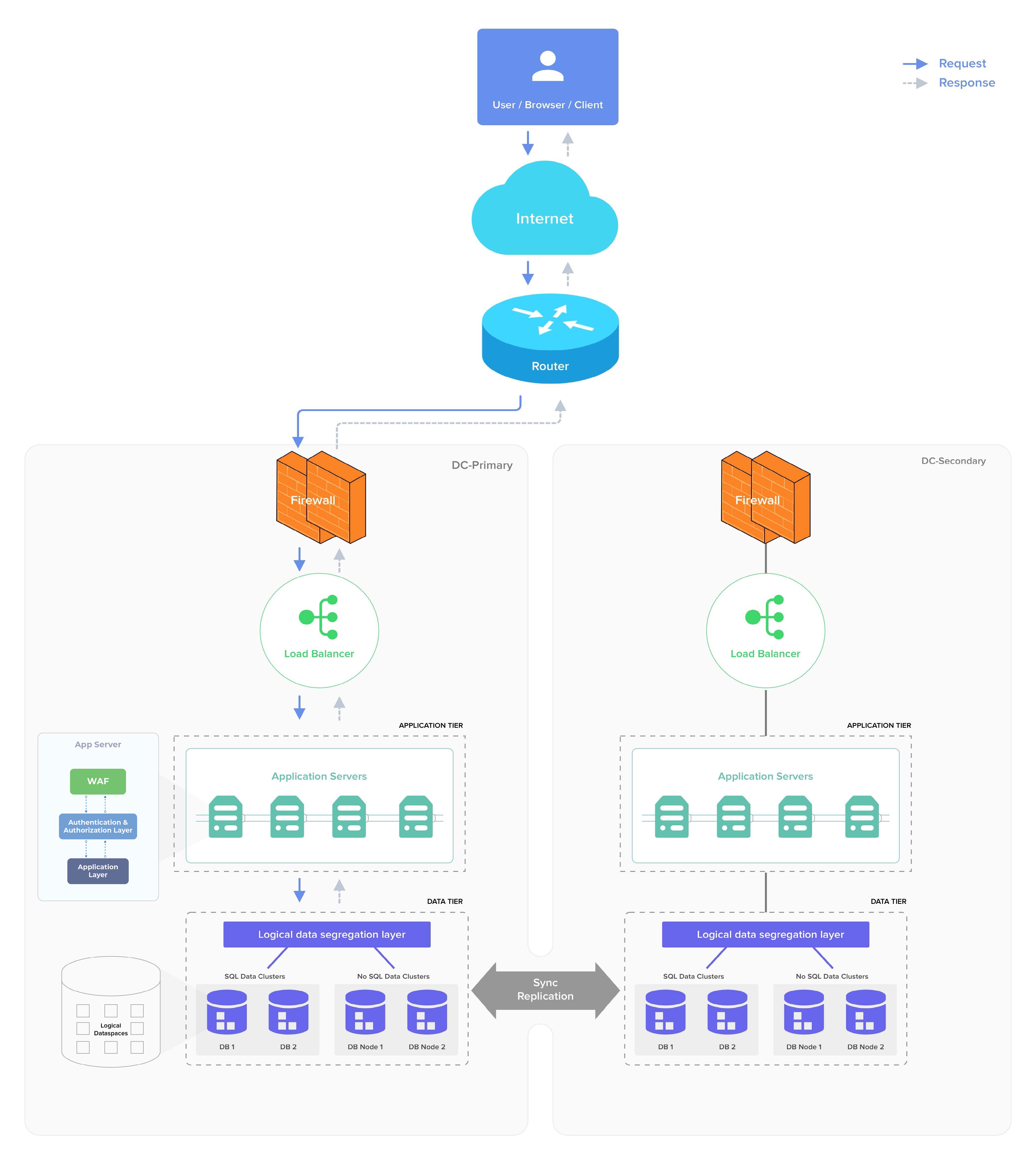
2. Performance - A slow site is a down site
According to Kissmetrics (owned by Neil Patel), load times have an immense impact on customer satisfaction, specifically for online shopping.
47% of customers expect the page to load in 2 seconds or less
79% shoppers are less likely to buy from a site if they had a bad first impression of the site
52% believe fast load times are important for brand loyalty
A one-second delay in page loading decreases conversion by 16%
44% of people tell their friends about bad shopping experiences online
Uptime is only effective if your software performs well. A simple way to improve loading time is to create more instances (or real-time copies) of your software so that the loading pressure is divided among them. However, that's a short-term solution that may lead to more problems down the road. Instead, analyse your software and understand where exactly you may have issues. Sometimes the back end could be running perfectly but a small glitch in the front end affects performance. That's why it's important to optimise each part of your software.
3. Scalability - Be prepared to go from zero to hero
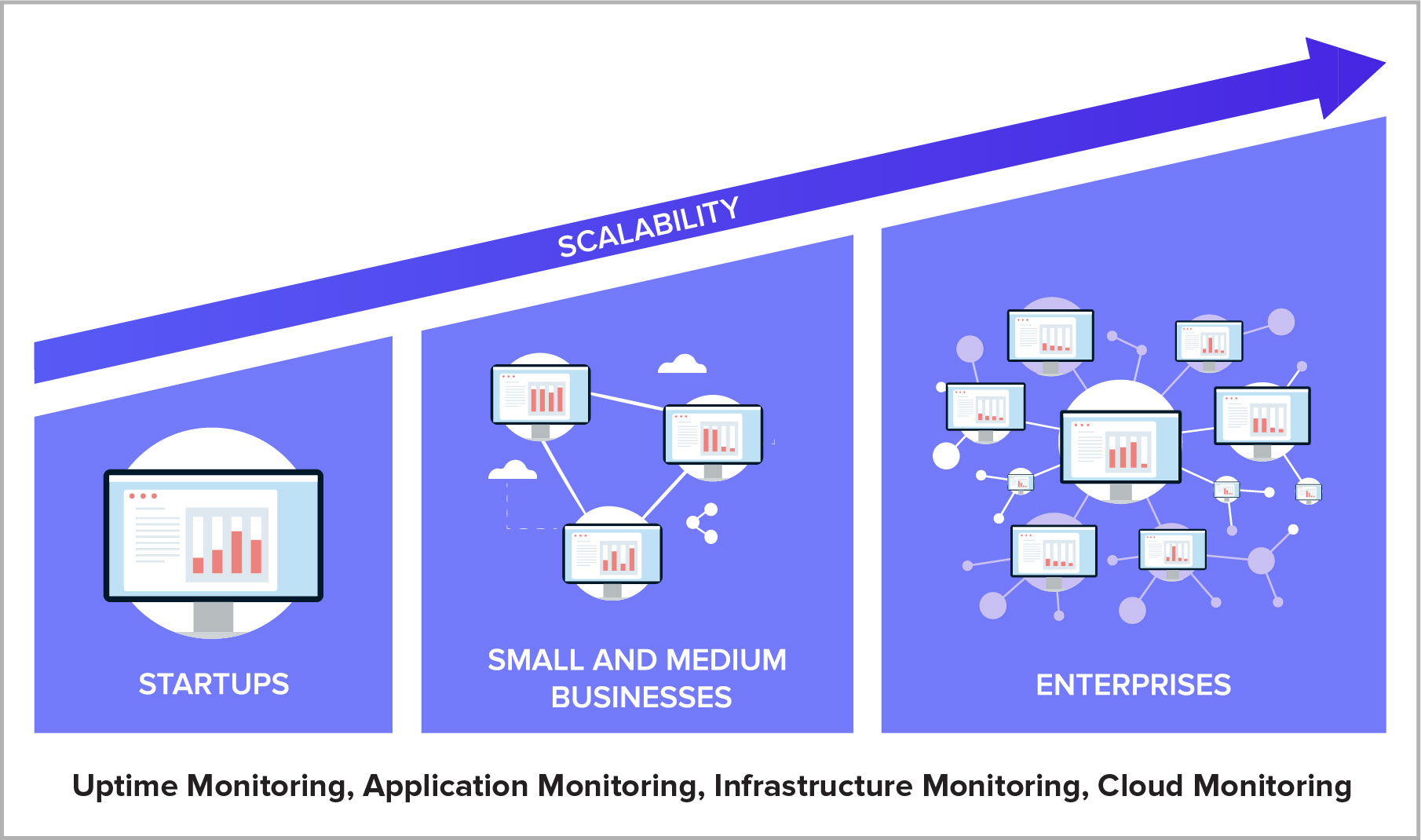
Everyone wants to grow their business and reach a larger audience, but not everyone is prepared for that larger audience. It's great to have a website supporting a hundred requests a day, but when you suddenly start getting a thousand or even a million hits, you should be able to scale your architecture instantly without any issues.
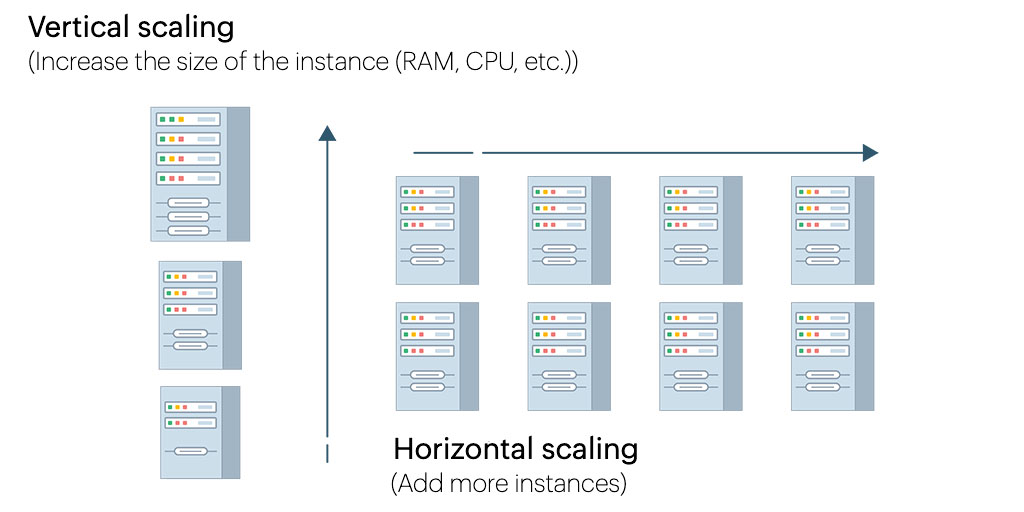
What's more, you have to increase capacity both vertically (by increasing your RAM speed and CPU power) and horizontally (by adding more instances) based on the load. To achieve this, you have to plan your infrastructure in advance. Try to make it as dynamic as possible so you can upsize during a seasonal campaign and downsize during a quieter period.
Many businesses allocate equal load distribution so that every customer gets a response from the same database. There are problems with that, though. When you have a lot of requests from a specific group of users, the database slows down, and everyone ends up affected. To avoid this, isolate your high-power users into clusters. It's best to plan for such an infrastructure from an early stage so that you can scale based on users and requests.
4. Security - Protect the people's trust
Just like with availability, you have to ensure security is tight through all the layers of your product. Separate users into categories and assign permissions so that one user's data isn't available to others. All this comes from planning your product in advance.
Each country and region has different security laws. Get certifications and compliance based on the regions you want to cater to, and periodically audit your product to make sure you still comply with legal requirements.
If you're aiming for global reach, consider setting up data centres in every region. Nowadays, most people (even outside the EU) prefer to have their data stored locally. Zoho, for example, has primary and secondary data centres spread across the United States, Europe, China, India, and Australia. As a user, you can choose where you want to save your data.
5. Failure isolation - Get rid of the bad apple
A SaaS product is a combination of complex systems. It's important that one element's failure does not crash the whole system.
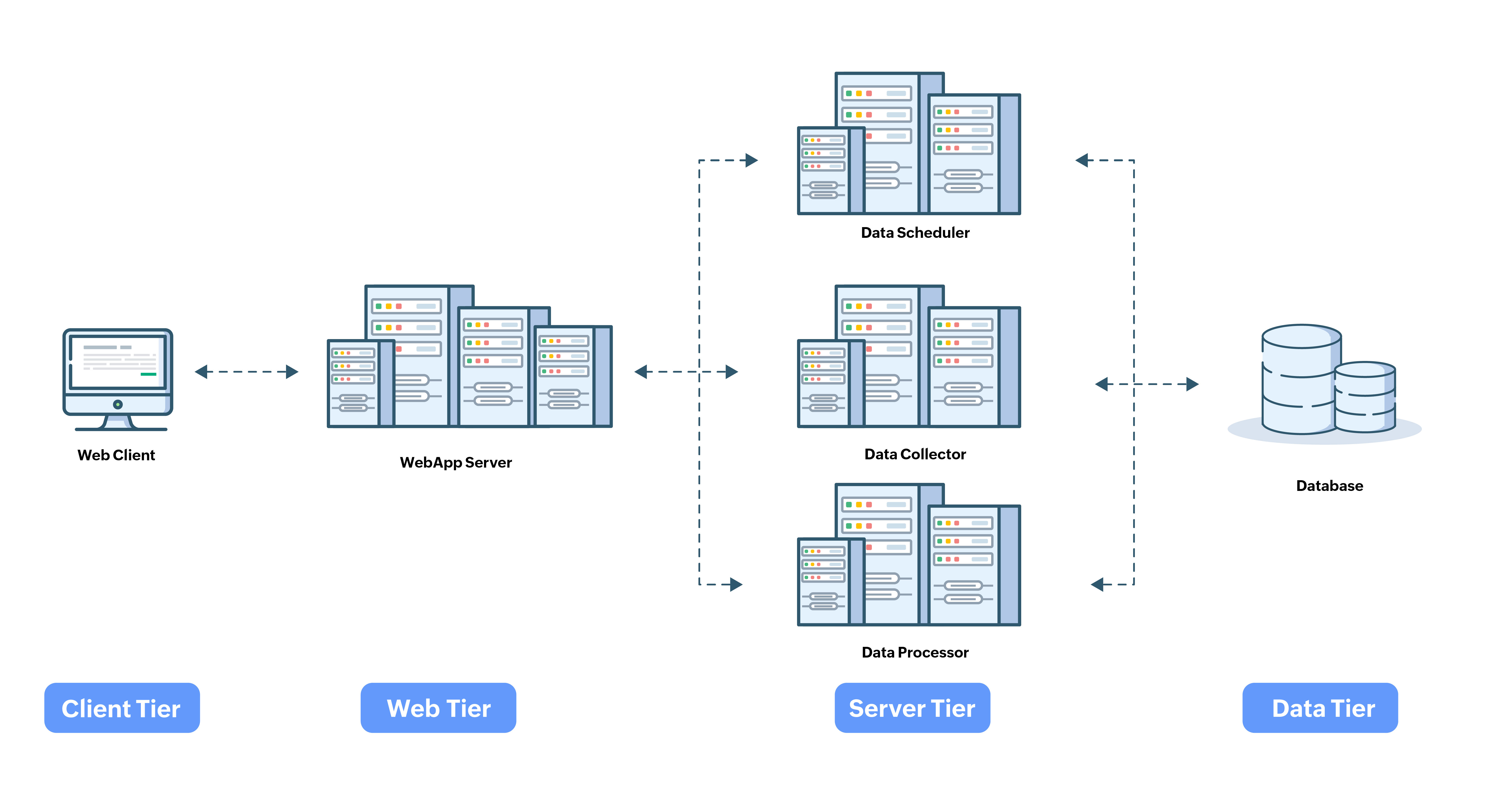
When something goes wrong, it can take time to identify and fix the issue. If you categorise your grids (client tier, web tier, server tier, data tier), other segments can still function even when there's an issue in one. This is where the micro-service architecture is helpful. It lets you fix independent problems without impacting the entire product.
6. Automation - Make friends with the autopilot
When you develop software, it's important to have continuous integration and delivery. The cycle of SaaS is to develop, built, test, deploy, and release.
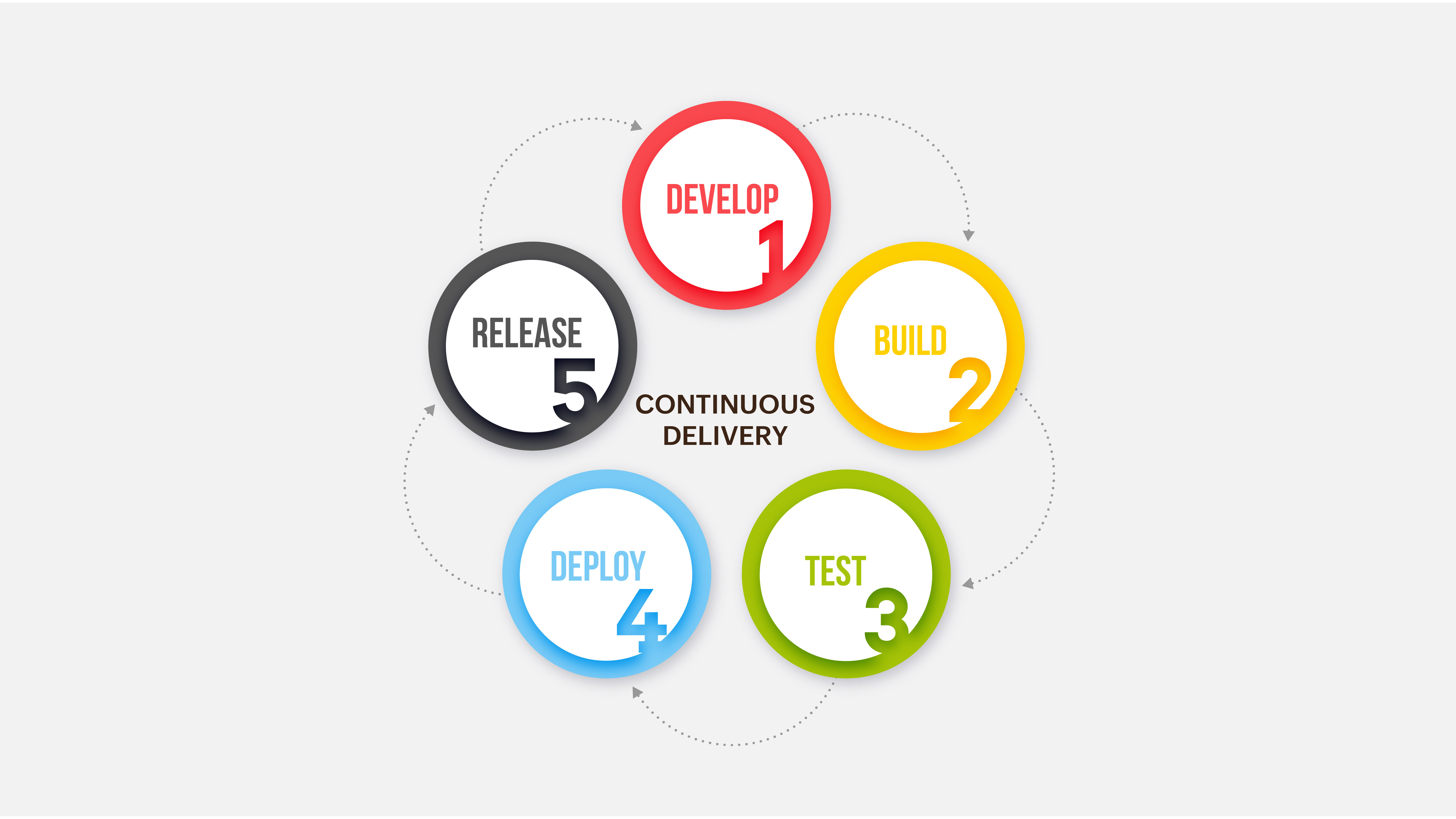
Speed is essential, and to do it consistently, you need automation. Analyse your development, testing and deployment processes and automate everything you can. When you develop cloud-based tools, you'll have more control of what you do and when. You can even run ten builds and update ten releases in a day if you have enough automation.
When you automate your development cycle, though, make sure that you can roll it back. Even if there's a small issue with your latest release, you can revert to the previous version while you fix the issue.
7. Plan for AI - You'll reap what you sow
Artificial Intelligence is a technological system designed to make life easier and more convenient by emulating human behaviour. As technology advances, it's becoming increasingly vital to understand how AI functions, learn the mechanisms and algorithms, and use them in your product. When you incorporate AI, you enable users to do things faster and easier within your app.
AI needs requires enormous amounts of data to function correctly. If you can feed your AI with sufficient and accurate data, it will allow you be proactive instead of just reactive. Aside from finding solutions to existing problems, it can also predict problems and help you avoid them effectively.
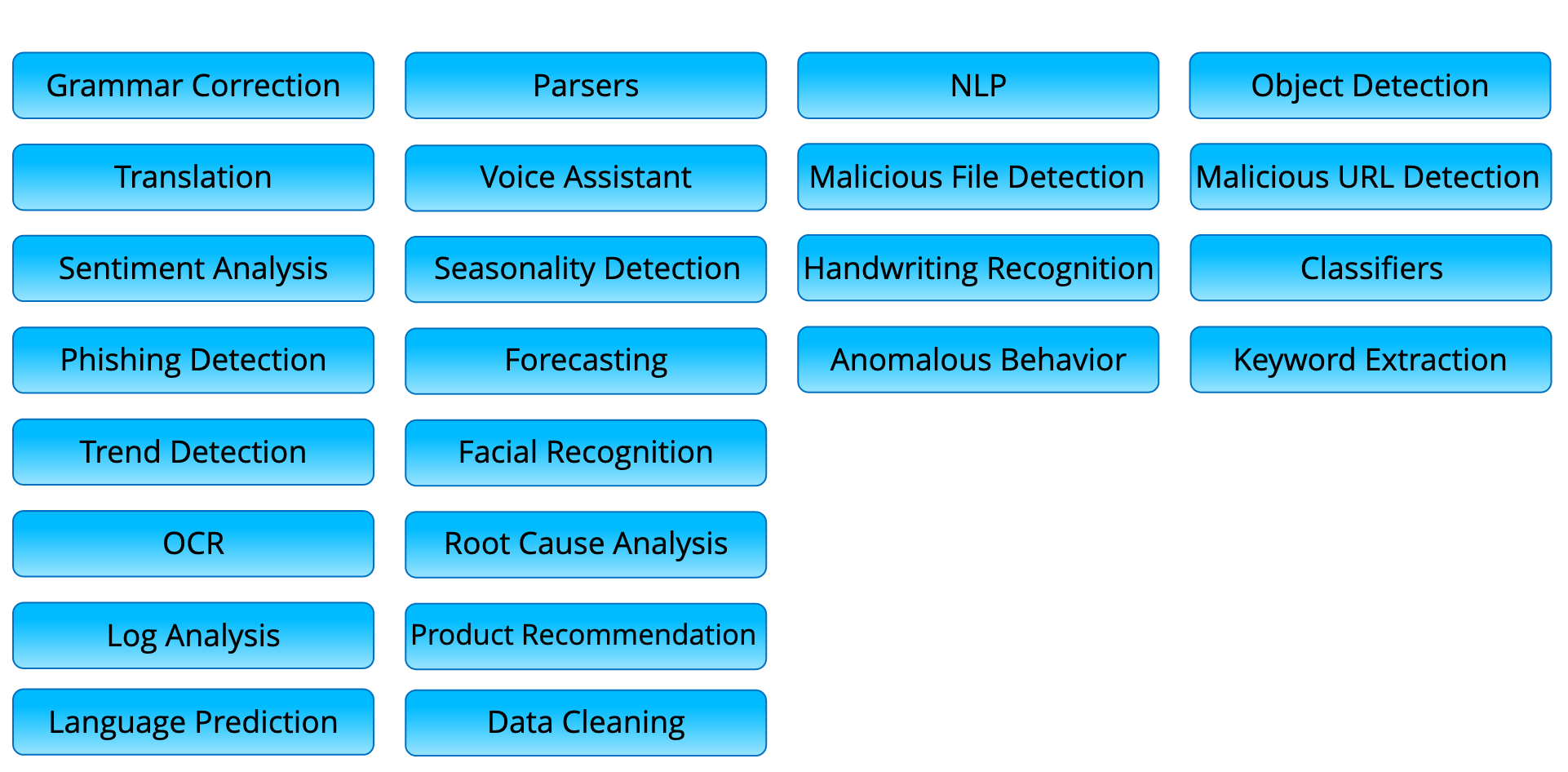
8. Logging and auditing - Don't build it if you can't measure it
From access and application logs to operating systems, databases, and network logs—make sure to record everything. This is crucial to help you identify when someone's made a change, what they changed, why it was done, and how. Not only do updated records act as viable proof during your audits, but it's also useful to substantiate your response if someone complains about a change or update.
9. Customer is king - Listen and obey
Feedback is essential for every business. Automate your development cycle so you can plan for faster releases. That way, instead of a paper-based or static model, you can give your customers a fluid, working model of your software reasonably quickly. An alpha release might be useful, for instance. When your audience has something real to work with, they can easily identify what improvements can be made. Be open to listening and communicate constantly.
10. Integrations - Be a good team player
Integration is key for cloud-based software. Your product should work with third-parties and open source tools. If you have multiple products, make sure they communicate with each other. That can be a unique selling proposition for your business.
Zoho Cliq, for example, is a chat software for business communication. Now with the whole company working remotely, Cliq has introduced a Remote Work tab. People can now check-in on Zoho Cliq and it automatically tracks attendance on Zoho People. It integrates with Zoho Meeting, updating the status icon when someone's in a meeting. It also lets us know when someone is on a call, away on a break, or offline. All of these little features make it easy to work collaboratively in a remote environment. This is the value of contextual integration. The success of a group of products doesn't only depend on how they work, but also on how well they work together.
11. Customisation - Season to taste
Inherently, we all like to personalise things. Even when someone makes a meal for us, we naturally add some extra salt or pepper. There's a sense of satisfaction and ownership that comes with customisation. For example, you can rebrand Zoho products with custom logos, fonts, and layouts so they feel more like your own. In some products, you can even completely revamp the appearance and launch it under your name from the app stores (aka, whitelabelling apps). Give your products some form of customisation, too.
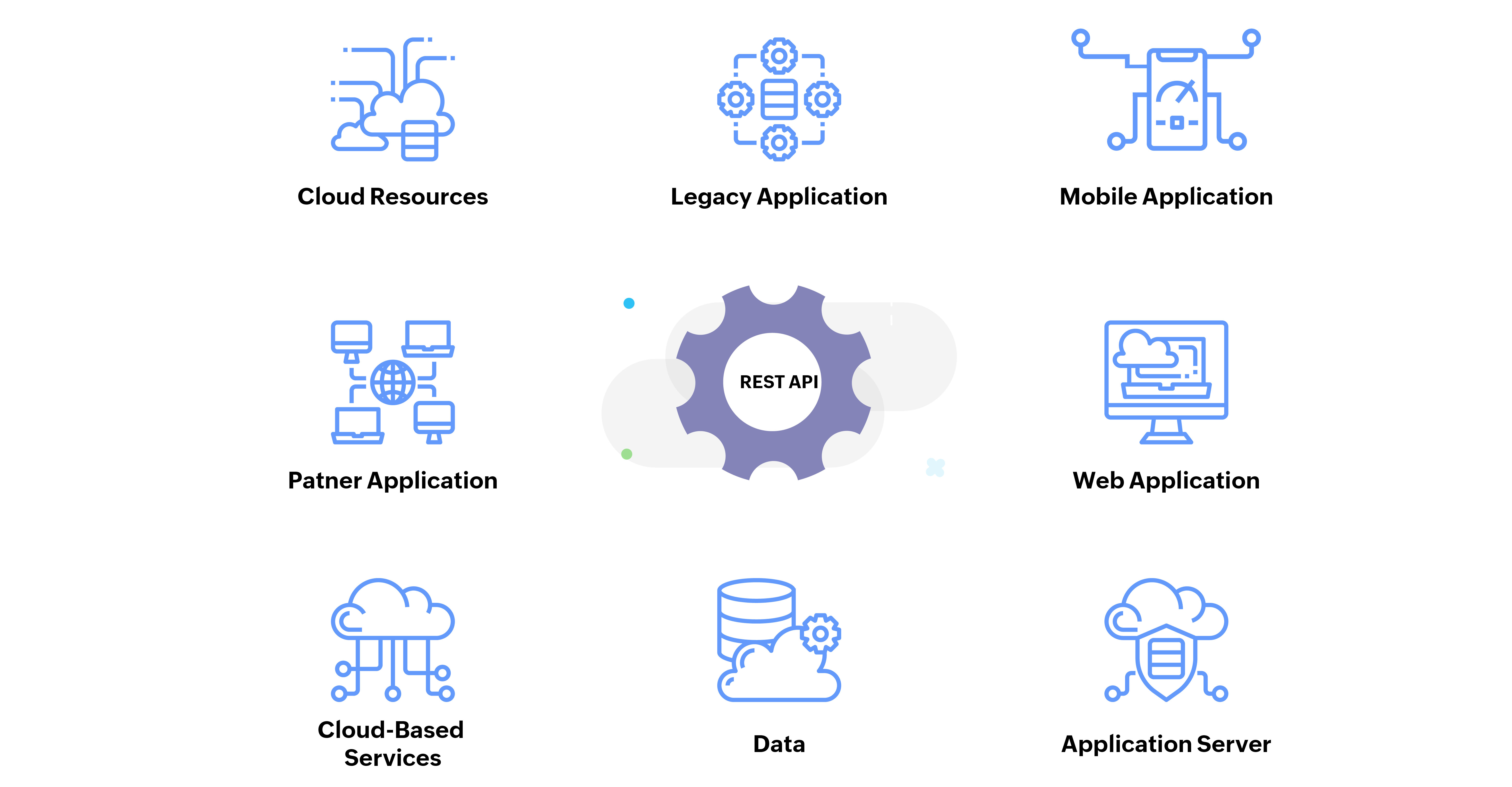
12. Extensions - Keep your friends close
Integrating with other products is important, but it's also important that your product is flexible enough to act as a third-party extension for other products. Nowadays, with citizen developers exploring app development for everyday business needs, more people will want to connect with your product in multiple use cases. Give them APIs so their apps and yours can work in tandem.
All Zoho products have APIs, as well. For instance, one of our popular integrations is between our help desk tool (Zoho Desk) and Slack. Users can look up and send details of a support ticket from within Slack.
Bonus: The mother of SaaS - User experience
Not too long ago, Forbes compiled a list of statistics about digital transformation and user experience. When asked about how digitisation is impacting business:
89% companies said that they've moved to a digital-first approach
86% said cloud technology is critical for their digital transformation
67% said they'd pay more for great user experience
87% think digitisation will disrupt their industry
83% of enterprises said they felt the need to move to the cloud
Great user experience is the lifeline of a digital business. If people don't like how your products, service, or support make them feel, they won't stay or come back. And this is also true of your employees.
Bonus 2: People experience
The success of a company depends largely on its culture and ethics.
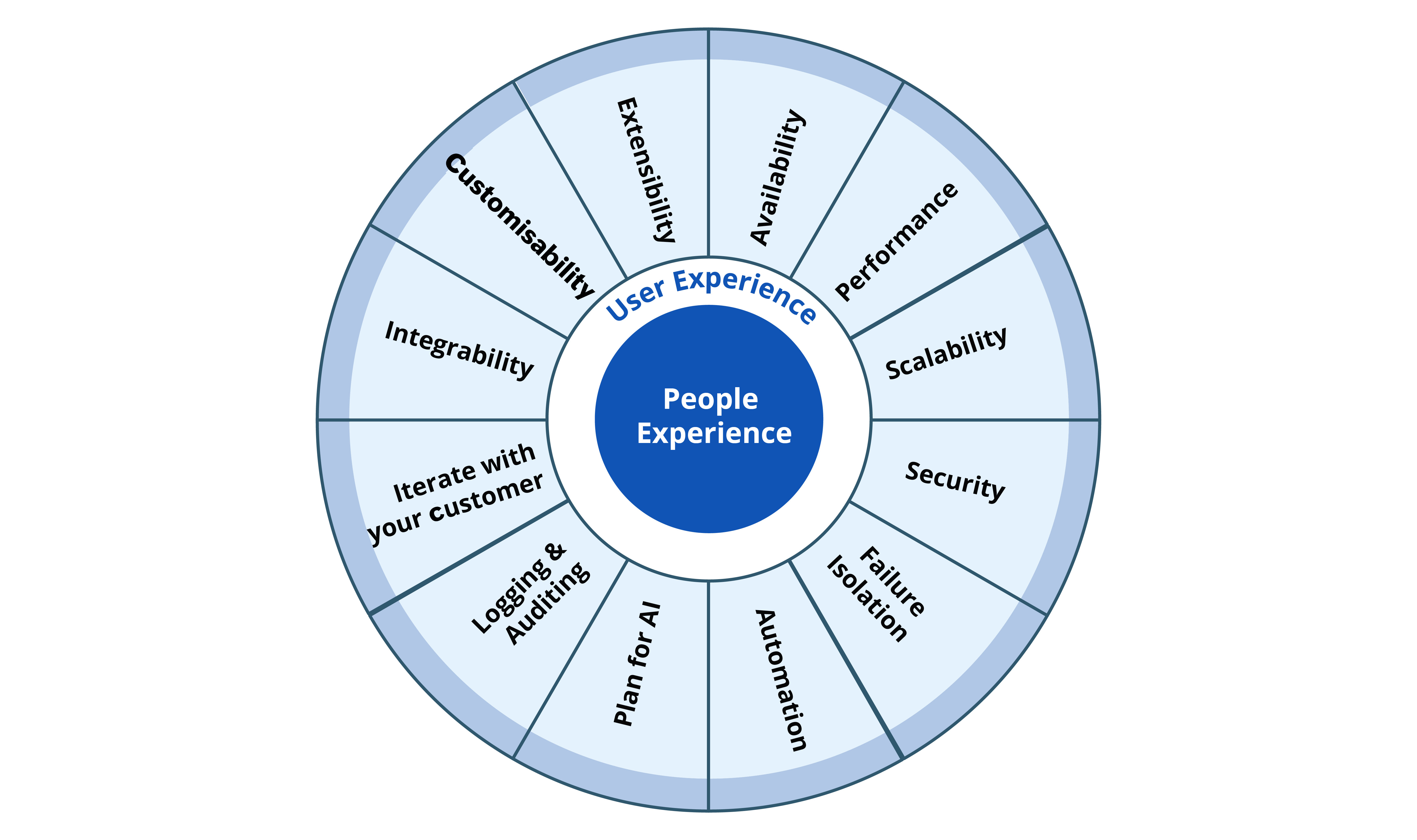
At Zoho, we follow a few simple principles:
Make work interesting. Let people be creative and experiment, so they can fail fast and learn faster.
Value people over credentials. People should feel appreciated and seen for their capability and willingness to learn. That's more important than grades and degrees.
Prioritise your customers. Always put their needs ahead of yours. Focus on what they actually need, not what you think they need.
Consume what you produce. All 9000+ Zoho employees use Zoho products on a daily basis. It's a way of putting ourselves in our customers' shoes.
Before you try to convince others, believe in it yourself. We believe Zoho makes a difference to the millions of people who use it everyday.
Starting any business is tough. Throw in the complexity of the cloud and it can seem overwhelming. Keep these key strategies in mind when you're developing your SaaS product to help you set yourself for success. At any point, if you feel doubt creep up in your mind, check out Raji's advice on how to build a SaaS product in a market that's already crowded with competition.


